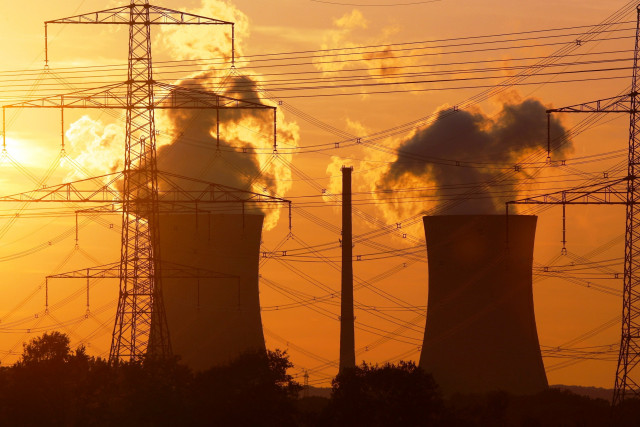Living with risk
Reported leak of heavy water from KANUPP should make us all think a little harder about just how safe we are.

Environmentalists have pointed out that the heavy water presents a radiation risk not only to humans, but also marine and plant life in the area. The question arises as to the safety of having a major nuclear plant in the midst of an inhabited area, around which new housing colonies are now cropping up — as they do around every empty piece of land anywhere close to all our major cities. And the fact that KANUPP lies along three seismic fault lines is hardly reassuring given the nuclear peril experienced recently by the people of Japan following the earthquake and tsunami there. Let us also remember this is not our first scrape with nuclear material and the risks it poses. In 2006, the people of Baghalchur village in southern Punjab had gone to the Supreme Court over uranium dumped in the area from a mine where excavations had been conducted from 1978 to 2000. They believed this was affecting health, both for humans and animals. The matter eventually fizzled away, amidst many calls for ‘secrecy’ by authorities. Reports of radiation poisoning in the Chaghai area of Balochistan, where Pakistan tested its nuclear device in 1998, have never been adequately investigated.
We make proud claims of being the Muslim world’s only nuclear power. But with this capability comes much responsibility. We need to demonstrate it, check the safety of our nuclear plants and make sure we do not one day come face to face with a nuclear disaster which threatens the life and safety of our people.
Published in The Express Tribune, October 25th, 2011.














COMMENTS
Comments are moderated and generally will be posted if they are on-topic and not abusive.
For more information, please see our Comments FAQ